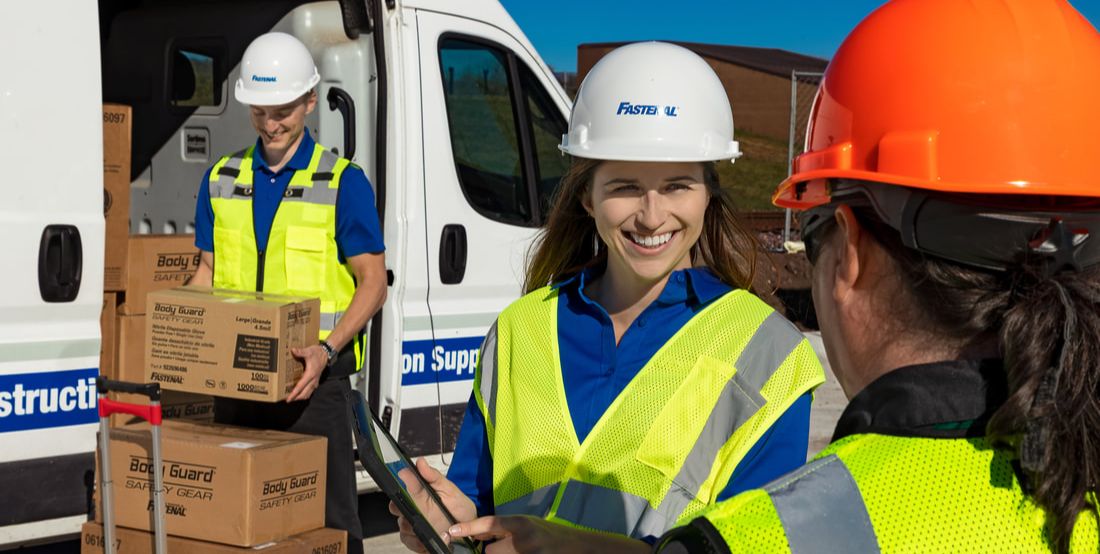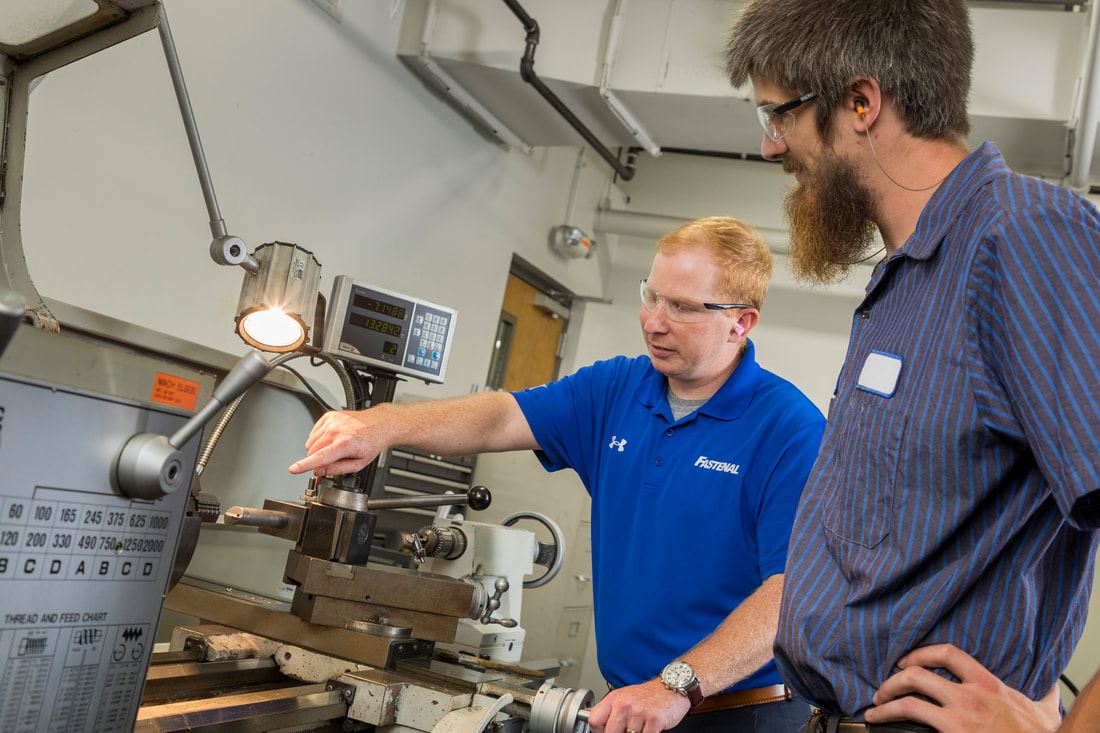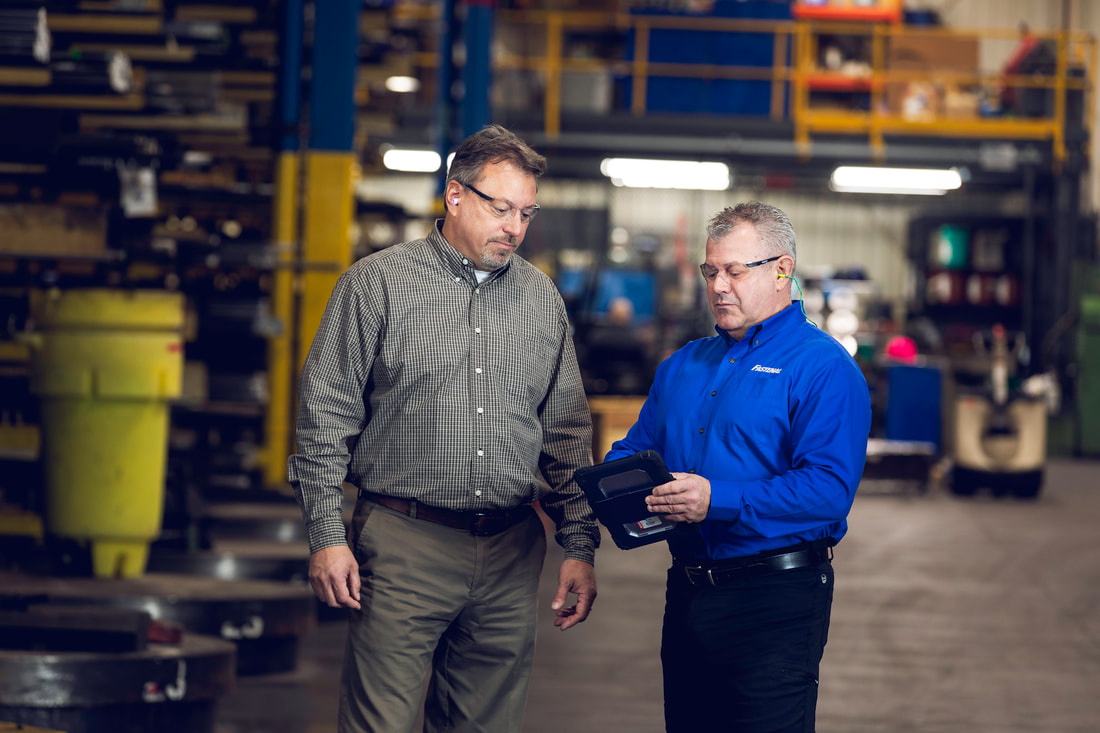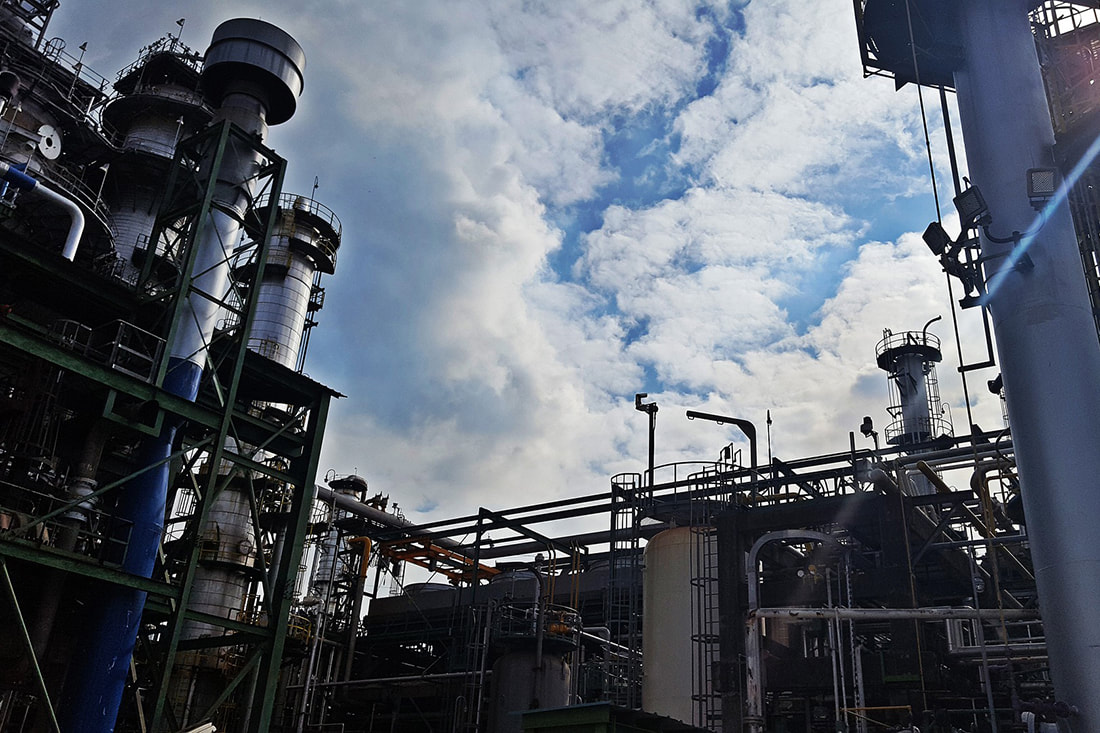The ABCs of resiliency
Building a strong supply chain today helps fight tomorrow's disruptions
June 7, 2022
By Blue Print Editorial Team
By Blue Print Editorial Team
|
Supply chains haven’t had this much time in the spotlight in decades. But now that they are front and center, let’s dive into why they matter more than ever.
Let's start with the problems:
The list goes on and on, but right now, supply chain difficulties and delays are affecting everybody around the globe. How to take action To start, build a plan. Successful teams have an ABC method of determining options. They want to know, “How do we make sure we don't run into a problem again?” Key steps to achieve ABC:
One of the biggest examples was PPE during the pandemic. Take something as simple as a disposable glove or a mask. Everyone needed it. But where could you get it? That’s where risk came into play. When they were out of Option A, what was the plan? Running out of Option A was always a risk, so why not plan for Option B or C? More than anything else, this shows the importance of the ABC method. Building these layers into your plan means you need to have conversations ahead of time. You can’t start looking for Option B when everyone else is, too. You need to already know what B and C are going to be before they are needed. This is where it’s helpful to have full transparency with regard to your key suppliers. By building out a plan with ABC options, you're set up for success even in the face of the unexpected. Shift your mindset We used to hear that the shortest supply chain wins, but now it feels like it's shifting to the strongest supply chain. Let’s define “stronger” as being more able to absorb or adapt to unexpected changes. Supply chains are evolving because of the numerous global challenges. Each new event reinforces the need for global sourcing. To be ready for what’s next, be sure you can adjust in times of strain. Whether it's high duties, natural disasters, or delays you can't control, you must be able to pivot. Again, this is why you need that ABC plan. Having those multiple sources that continue at the same level of service and quality allows for adaptation. There may still be disruption, but you'll be able to weather it. Take control with data You’d be forgiven if, before the pandemic, you didn’t pay much attention to the data that your supply chain churned out. Today? Your supply chain data can show the pulse of your organization. Now, if you're not using that data correctly, it's a waste of time and energy. So, make it very simple. Identify the critical-use items that your organization depends on. Include any service providers where, if they suddenly weren’t available, it would shut down a line or production altogether. In short, understand what is critical for your business and then plan accordingly within your supply chain based on those needs. Why you want resiliency Recency bias has many thinking that the pandemic changed our world, but our vision of a global supply chain began to shift with tariffs, social risks, and global sourcing. People suddenly had to distinguish what country products were made in. The result of this on the overall supply chain was that, in some cases, it brought things to a screeching halt. And that’s where this really started. People had to think about the critical items that were in their supply chains. What links needed to stay strong to ensure everything kept running? Thinking about that interdependency is what leads us to the need for resiliency. There will always be another supply chain disruption just around the corner. Since no one knows what it will be, resiliency is the best path forward. How Fastenal plans ahead With more than 1,000 approved suppliers spanning more than 30 countries, Fastenal has a well-developed network of manufacturing partners. This diverse supplier base offers options and flexibility, mitigates supply chain disruptions, and helps avoid added costs in the form of duties and tariffs. One way Fastenal distinguishes itself is through our volume and relationships. Both of these give us priority allocation with existing suppliers and shipping lines when demand exceeds capacity. Meanwhile, our global sourcing, quality, and compliance teams allow us to be agile in identifying alternate sources of supply. For example, during the pandemic a large portion of the safety products we sourced were from secondary or new (for us) sources. This included small and diverse businesses that got a chance to show what they could do. There's that ABC strategy at work! Building resiliency You want to know that your supplier has resiliency. Do THEY have an ABC method? People are now comparing suppliers, at least in part, by asking if they can help build a stronger supply chain. The questions are often along these lines:
This is the expectation now, and it applies to both sides. Together, you and your supply chain partners have to be able to go back and look at the consumption for the last year. Then, use that information to identify risks and determine what you can do about them. It's come down to the supply and demand of things. The ripples that have gone out from each disruption since the 301 tariffs have opened eyes and minds. Perhaps truly for the first time, the supply chain is coming to the forefront of each operation because everyone has grown to understand how important it is. Each new event that disturbs the status quo will give you a chance to test your supply partners. If you have the right ones, they’ll be resilient with you in the face of any future disruptions. Interested in seeing more? Watch our video about this article! You may also like: Vertical Divider
|
What to look for in a Supply Chain Partner
A trustworthy distribution network. Your items need to arrive on time. Find a company that can tell you how and when things will travel to you. Reliable data collection. Rely on reports to tell you what you are using. Then you can adjust your purchasing to avoid stock-outs. Multi-tier inventory. The thing that creates resiliency is to have redundancy built into the supply model. For Fastenal, our stock is in our DCs, in the local branch or Onsite crib, and at the point of use (supported with technology that supports proactive/continuous supply). Like what you're seeing here? Subscribe to the Blue Print for FREE and get the magazine sent right to your address. |






